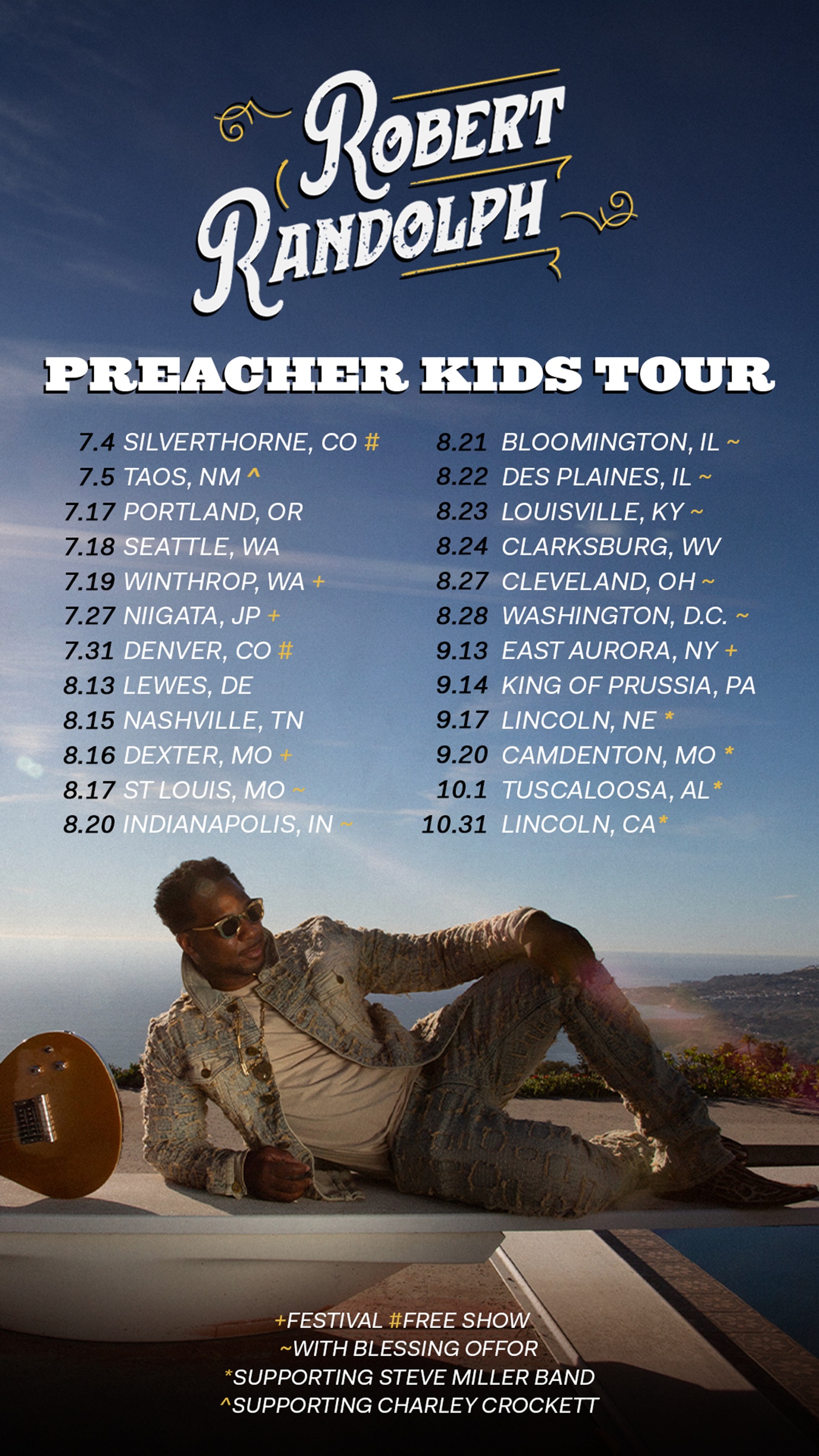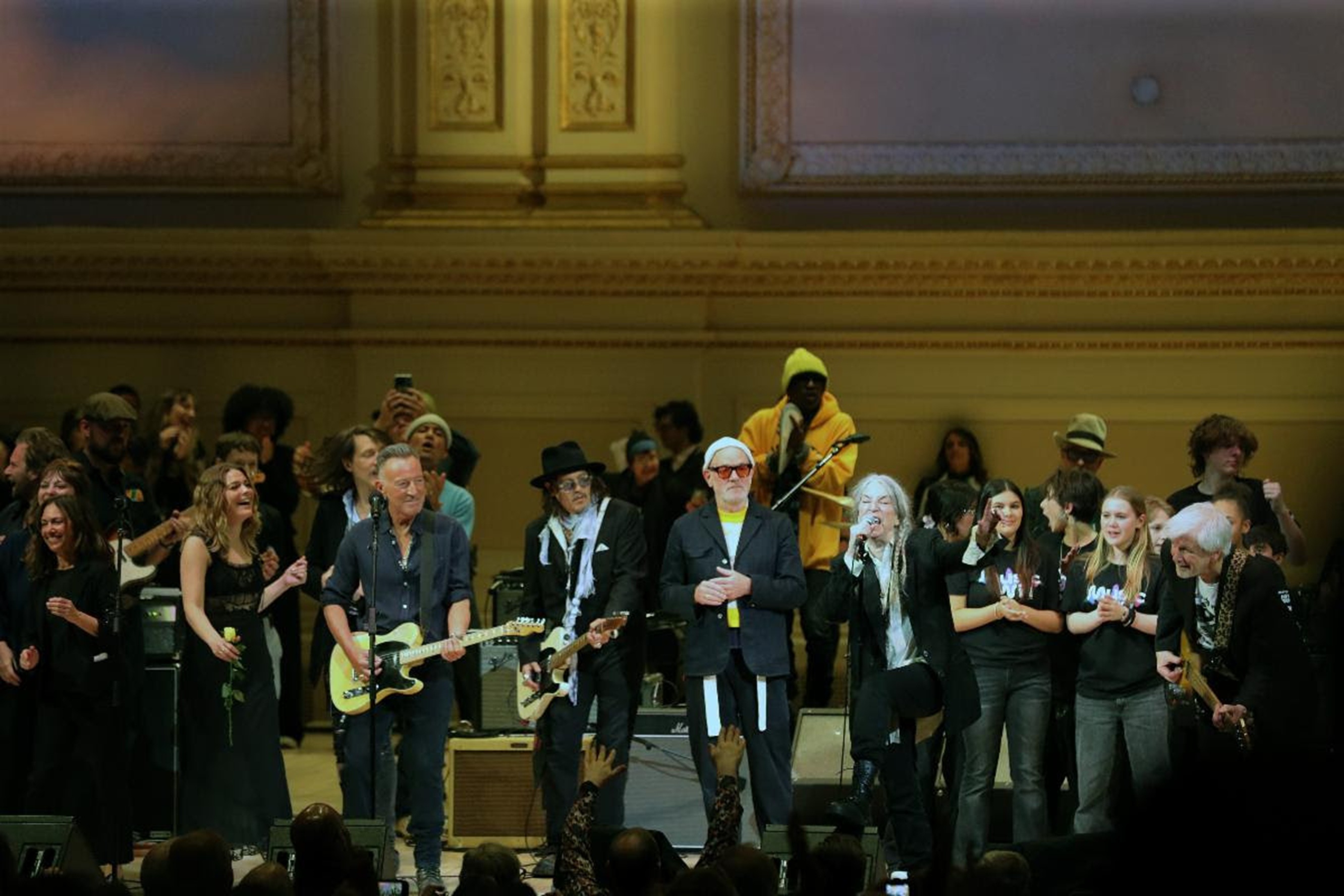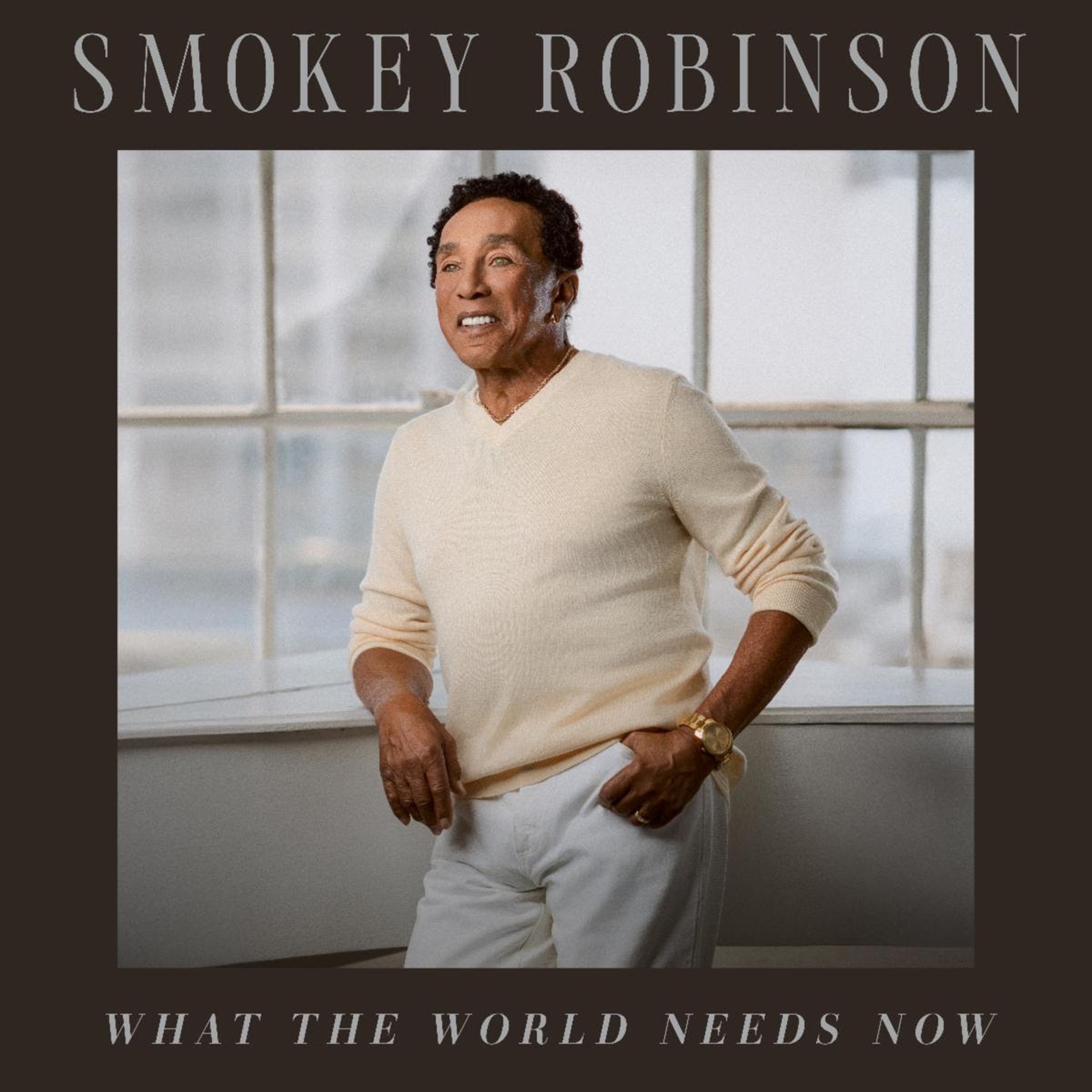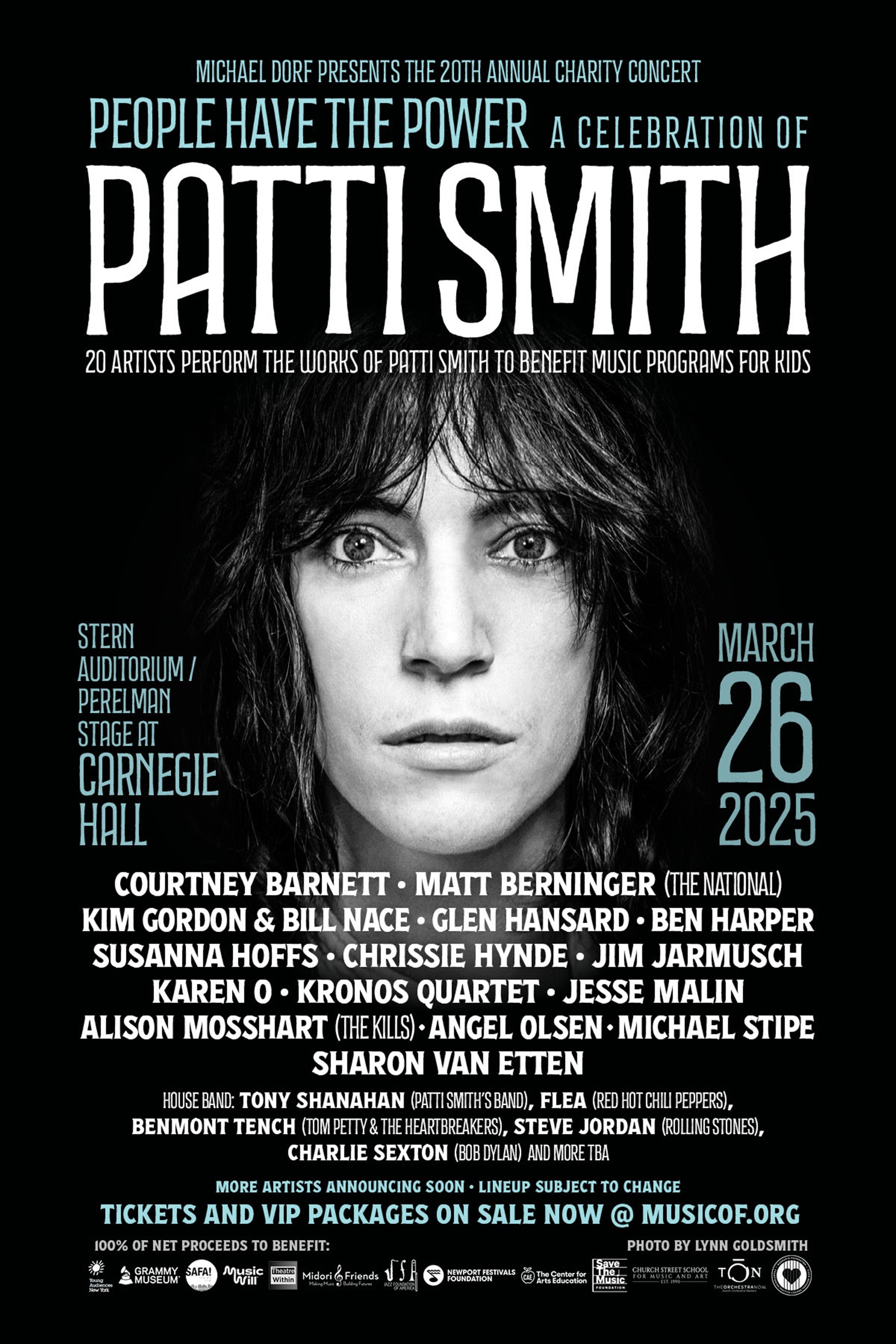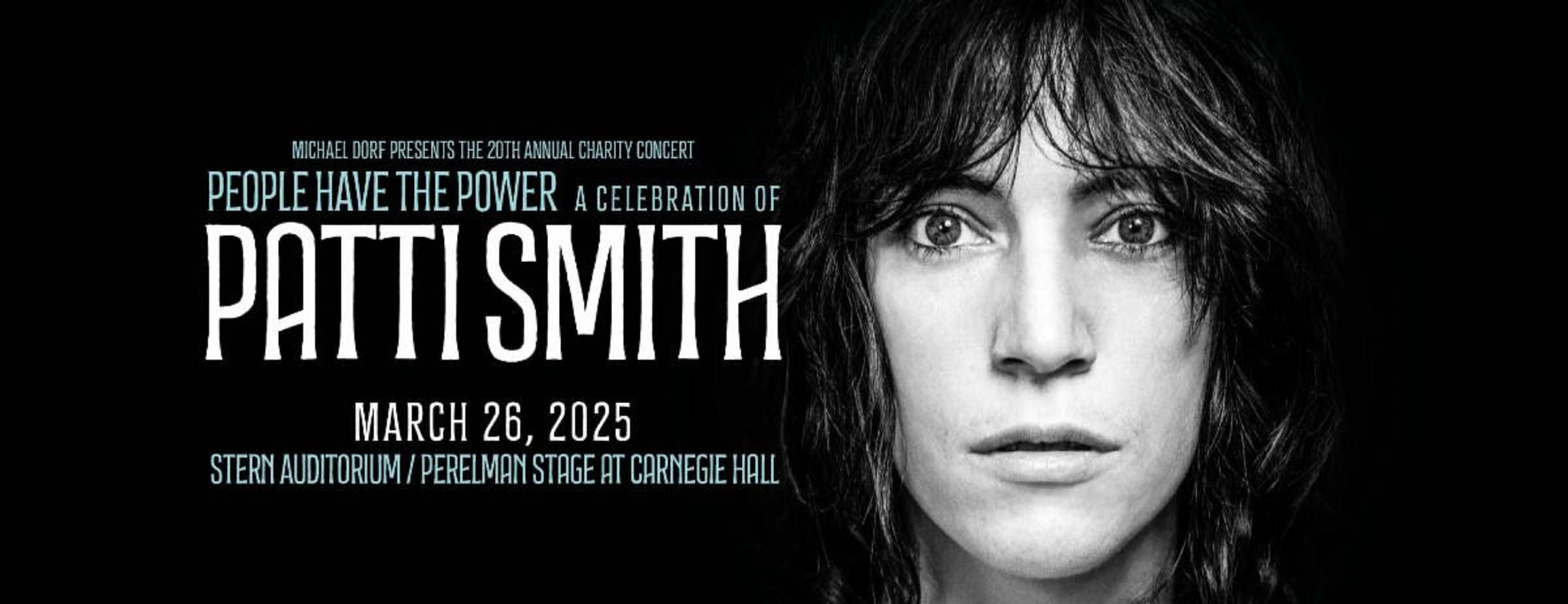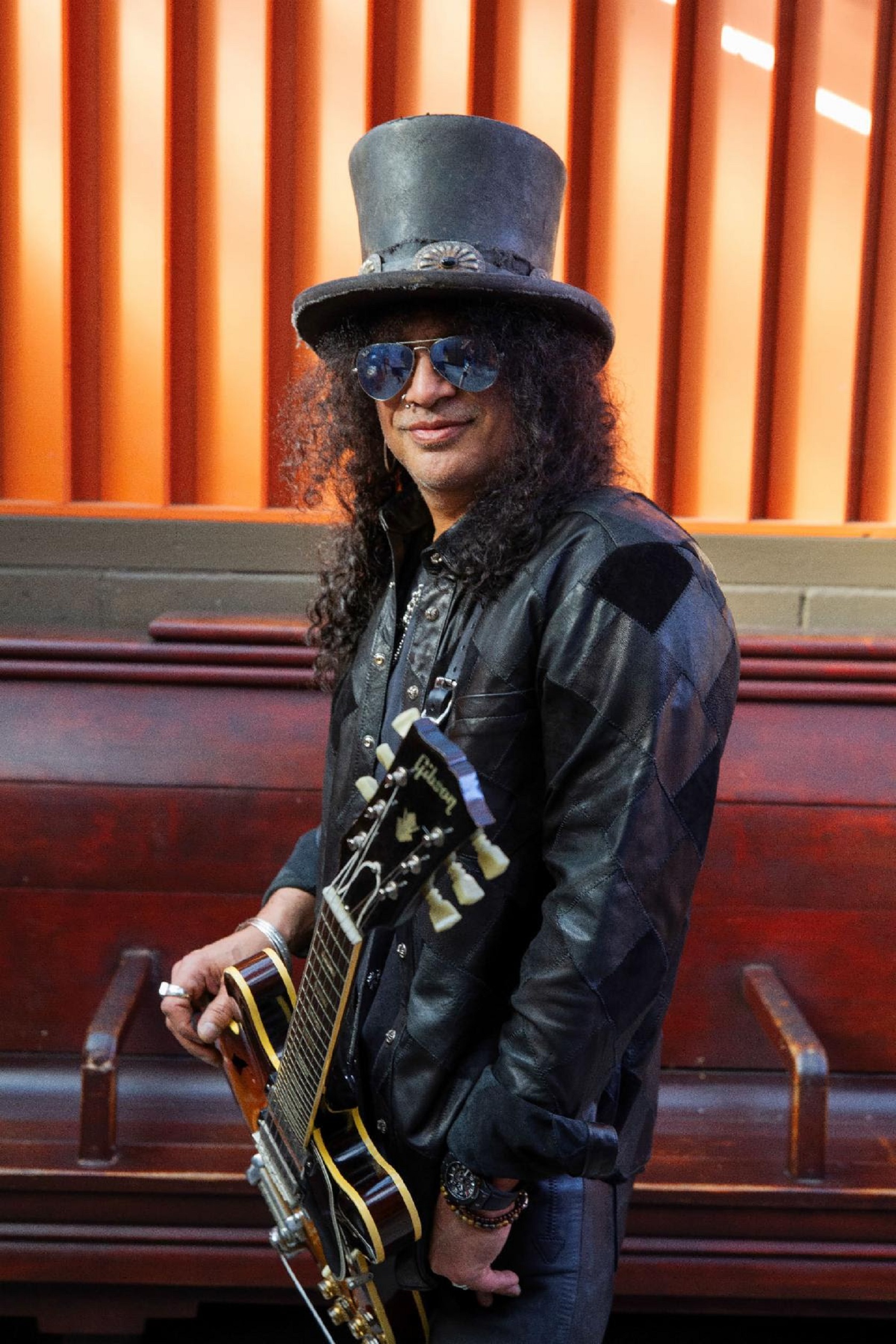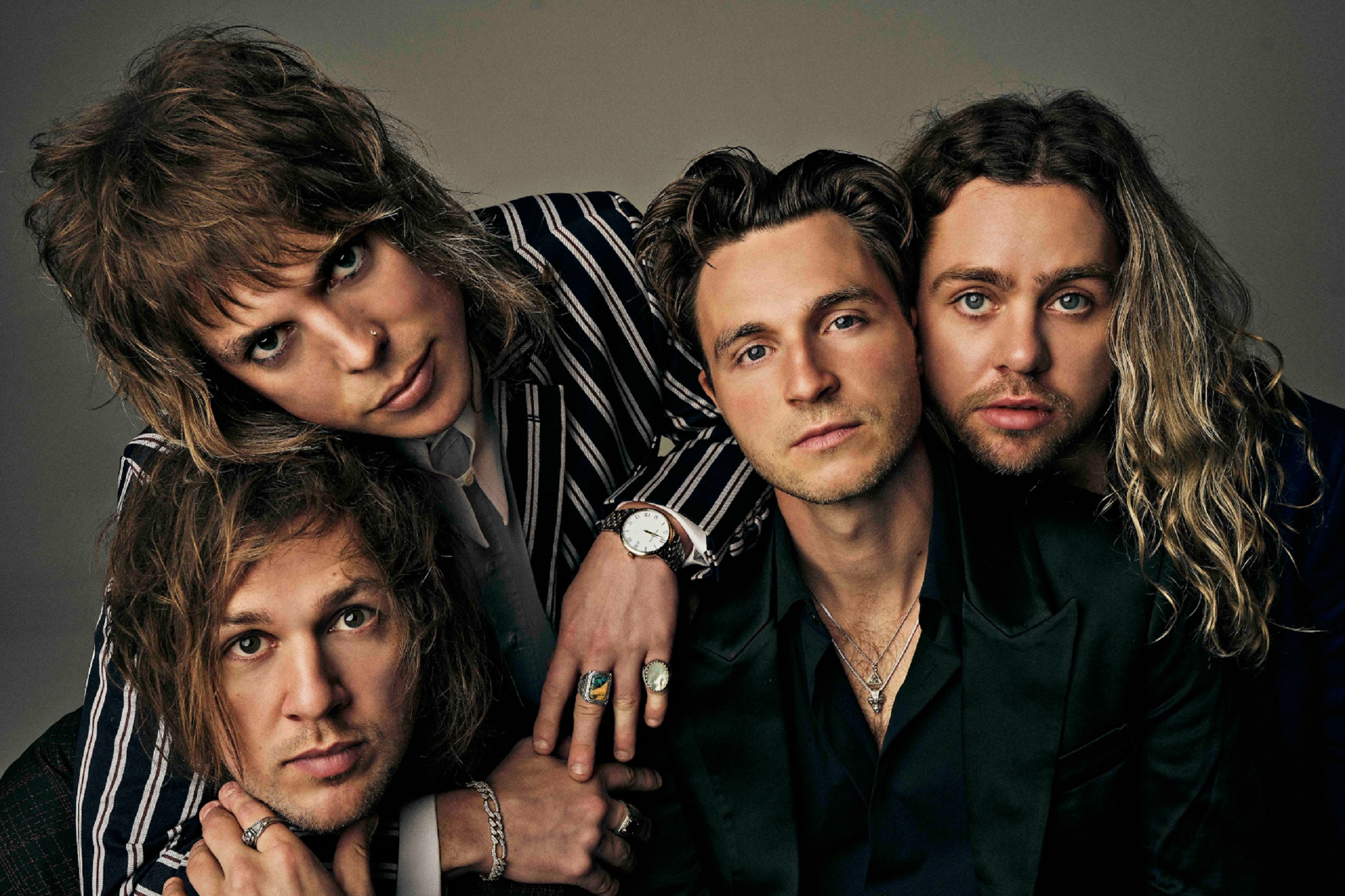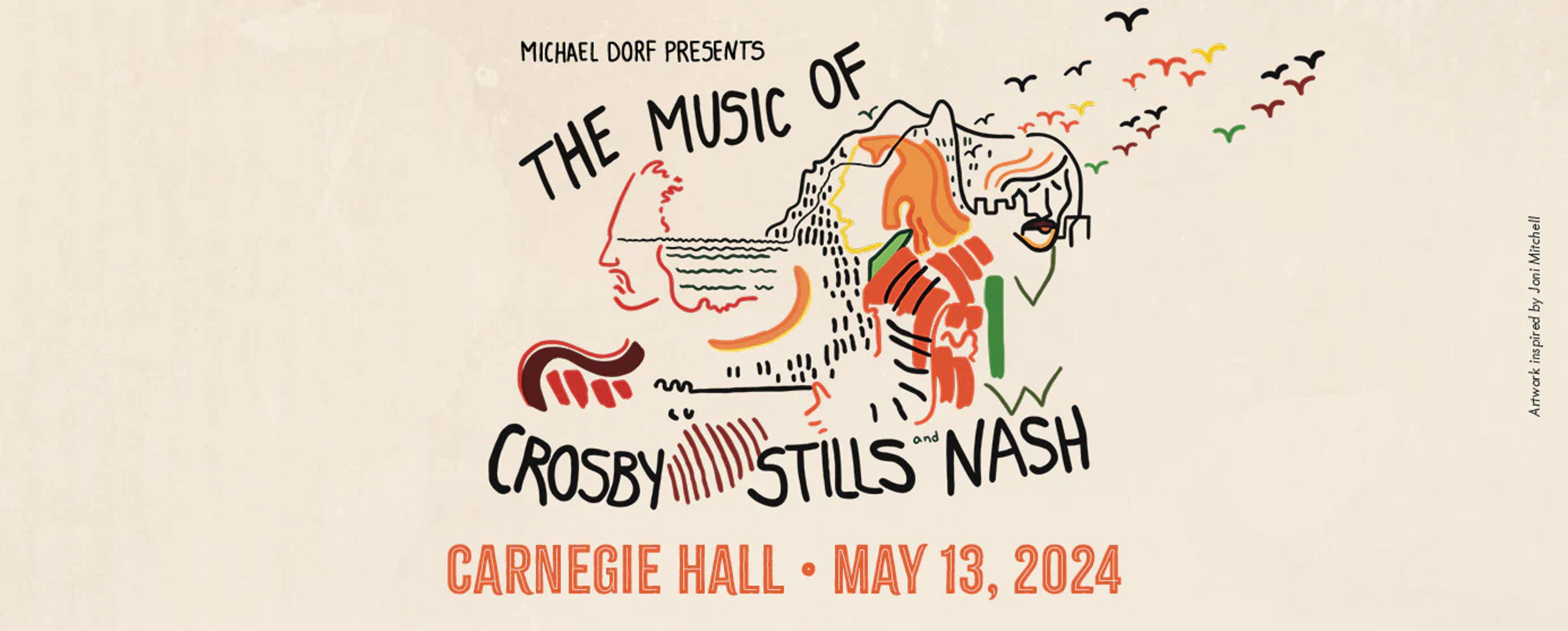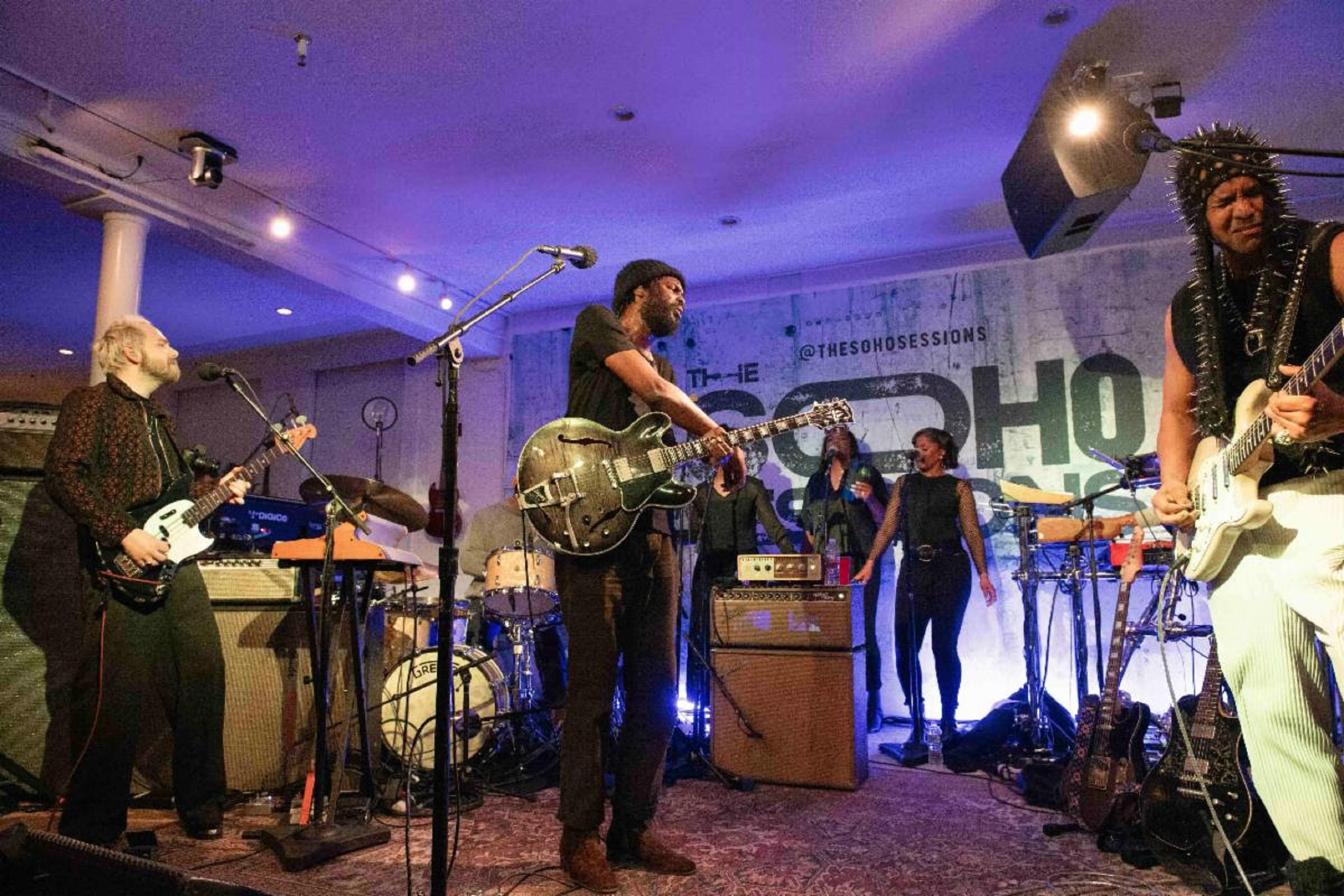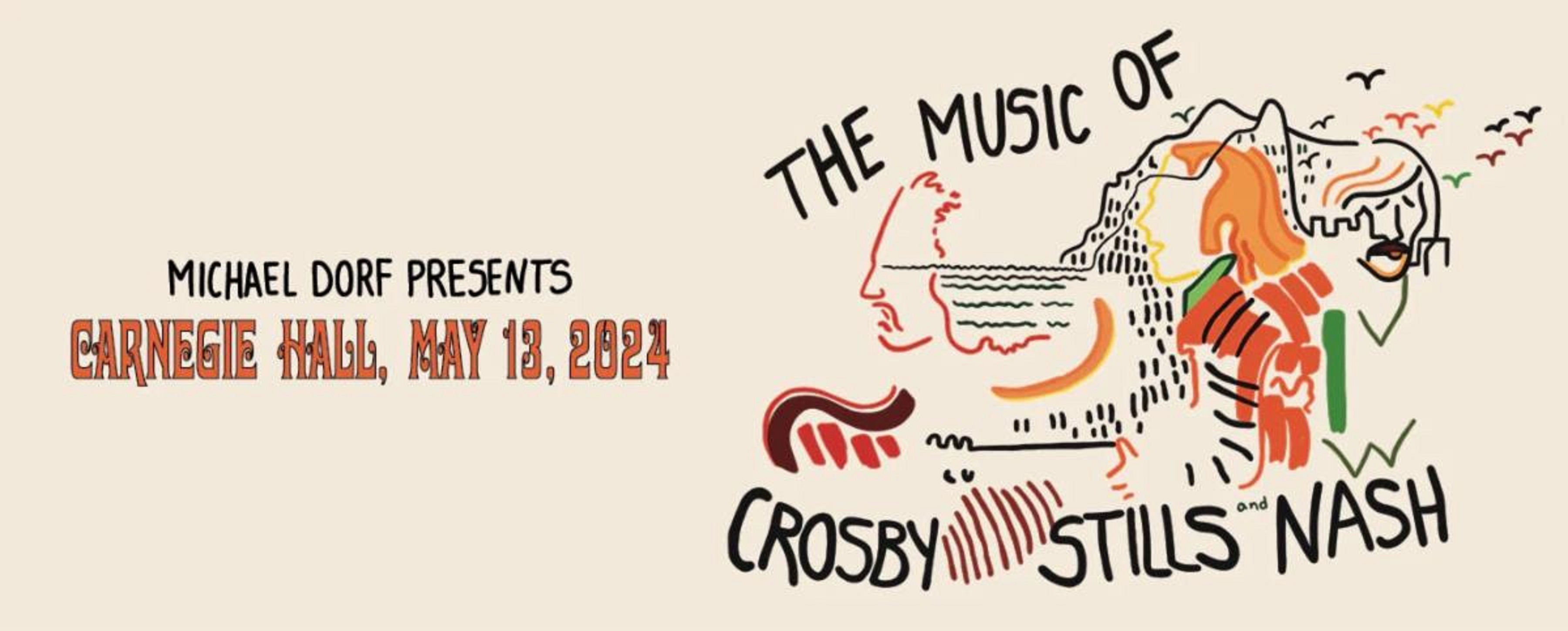In the 2018 documentary, Life Is Good, Livingston Taylor says, “I’m not interested in interesting human beings; I am interested in interested human beings.”
Indeed, Livingston Taylor may be one of the most interested human beings on the planet. Although he’s well-known for his artistry in the world of singing and songwriting, the accomplished musician (and brother of James and sister Kate Taylor) is also a modern day Renaissance man. He’s a motorcycle enthusiast and instrument-rated pilot who frequently takes to the skies in his single-engine 1964 Cessna 205, as well as a self-educated expert on the Bessemer converter that first enabled the mass production of steel. When he became concerned about global warming and nuclear proliferation, he decided to dig deep into nuclear fusion and fission to learn for himself exactly how it all works.
Over the years, he’s explored and tinkered, learning how to build and repair – from a wood-fired hot tub outside of his home in Watertown, Massachusetts to fixing a broken pipe in the home of fellow musician Carly Simon. In the midst of all the flying, fixing things, and finding out facts, Taylor has also found time to author two children’s books – Pajamas and Can I Be Good?, as well as the bestselling Stage Performance, used across the country and world as THE textbook on stagecraft.
“Livingston is a teacher and he’s always taught,” Carly says of her friend, “and he teaches you wherever you are and whatever you’re doing and whatever you’re doing it about.”
It’s this desire to impart knowledge that brought him to Berklee College of Music, where he’s taught for 30 years. Although Taylor was admittedly a terrible student himself, he adores teaching. “I love the exploration that takes part in that environment,” he says.
His goal is to give his students the tools they need to create something of value for their audience. He believes a performer asking a group of people to interrupt their lives and pay attention to them is a “stunning act of hubris,” and the fear of not being sufficient is why many artists get nervous while onstage. Taylor seeks to help his students overcome these insecurities and become revered creators. After a career that’s spanned a half-century, Taylor wants to impart on his students what it means not only to be an artist: he wants them to understand what it means to be a good one.
Interwoven throughout Taylor’s immense body of other work, however, is his music. Over his 50-years-long career, Taylor has recorded multiple Top-40 hits including “I Will Be In Love With You” and “I’ll Come Running.” His record “Life Is Good” won the 1989 Boston Music Award for Outstanding Folk Album. He’s performed with the likes of Joni Mitchell, Linda Rondstadt, Jethro Tull, and his brother James, to name a few.
He’s also performed solo for audiences across the country and around the world. Well-known for his warm and sincere connection with each of his audiences (a quality he works hard to teach his students), Taylor loves meeting and speaking with his audience members before performances. His ever-present mantra is that while they don’t need him, he needs them. His performance style is on full display in the PBS special “Livingston Taylor Live from Sellersville Theatre: Songs and Stories” now airing on PBS stations around the country.
In July 2019, Taylor will journey down memory lane with his fans through the release of the retrospective box set LIVe: 50 Years of Livingston Taylor. The set will contain 87 never-before-released live recordings on five discs from performances from 1969 through 2016. It will also feature the Life Is Good documentary (directed by award-winning director Tracey Anarella), as well as a book of Taylor’s personal notes, memories, archival photos, and interviews.
Berklee president Roger H. Brown once asked Taylor why he opts to fly a single-engine aircraft instead of one with two engines. Taylor explained to Brown that once the first engine goes out, the purpose of the second engine is to fly you to the scene of the crash. It’s this cool confidence in the face of life’s uncertainties (whether it’s flying a plane or facing down an angry, beer bottle-tossing audience when opening for Jethro Tull at Madison Square Garden) that makes Taylor such a commanding presence. If a zest for life, learning, and imparting knowledge is what truly makes someone interesting, then one can safely say that Livingston Taylor is one of the most fascinating artists ever to grace the stage.
LIVe: 50 Years of Livingston Taylor is available for pre-order here.






